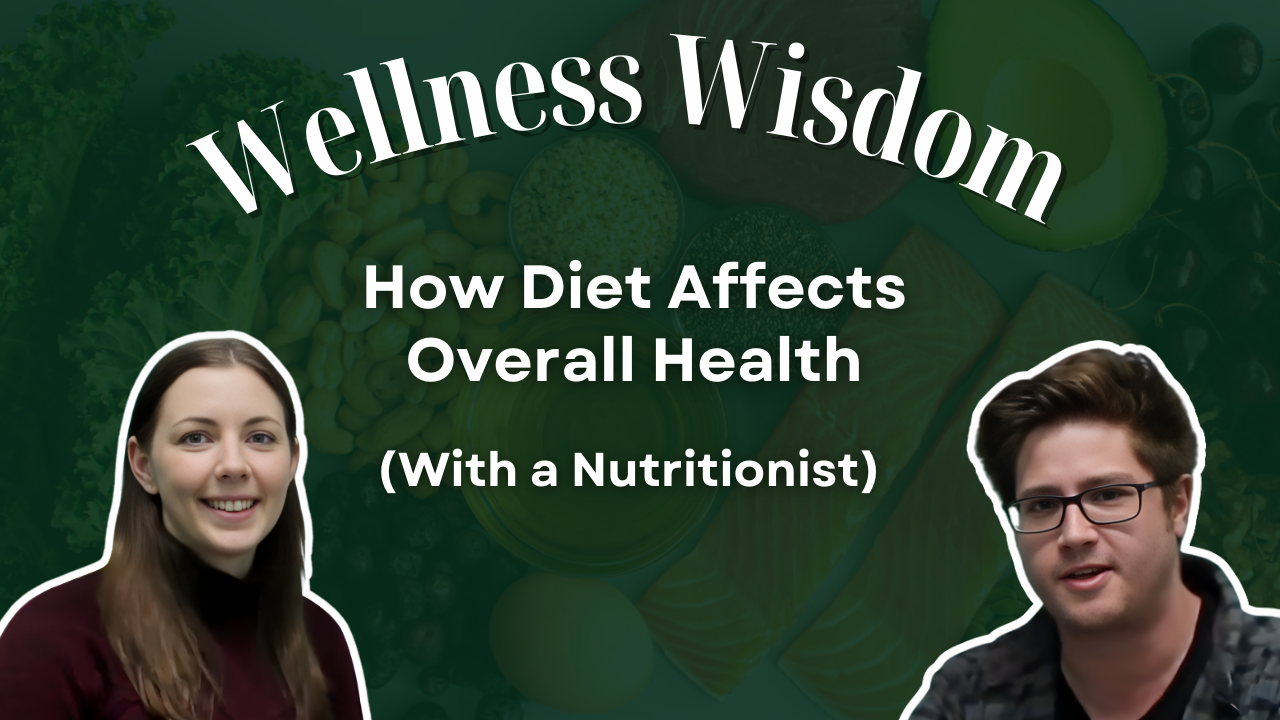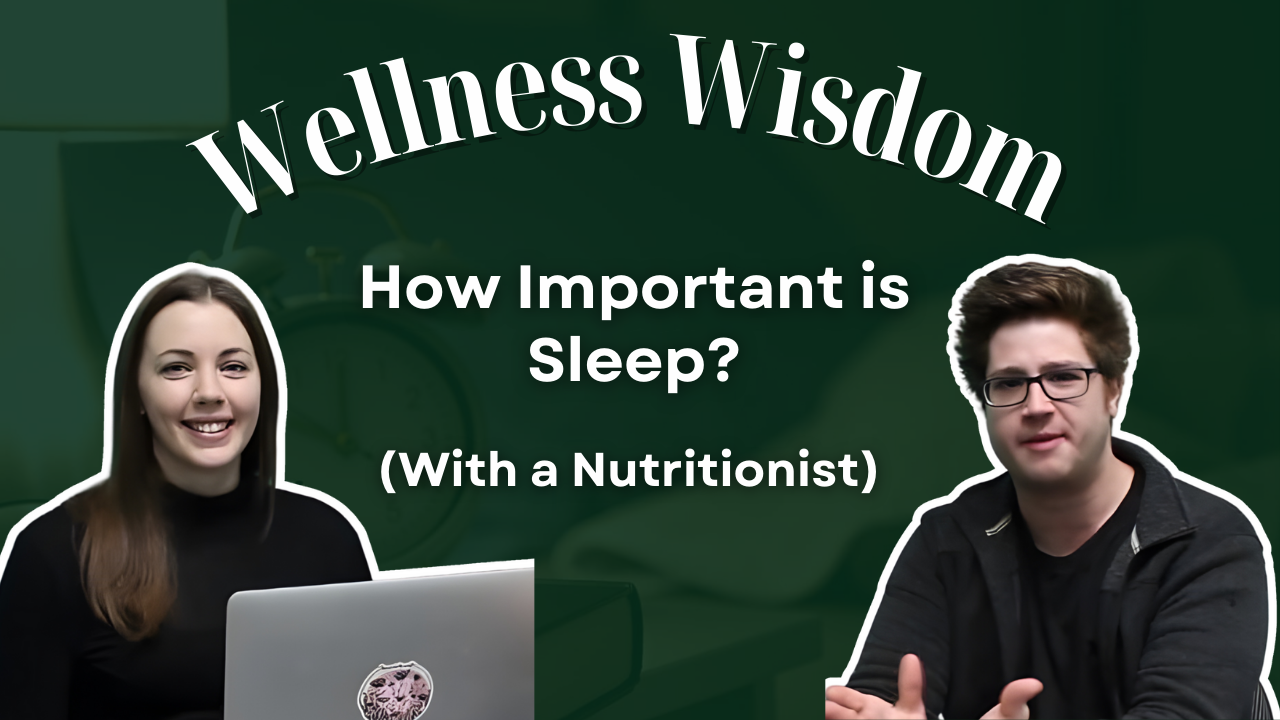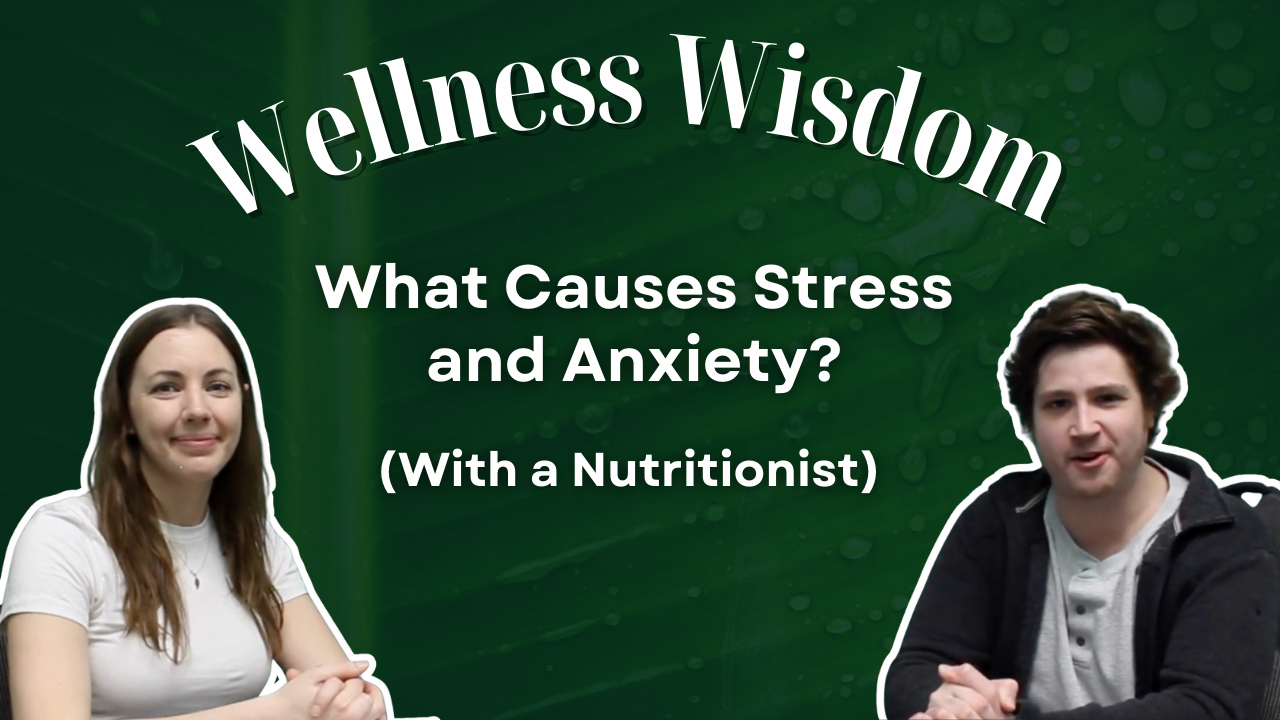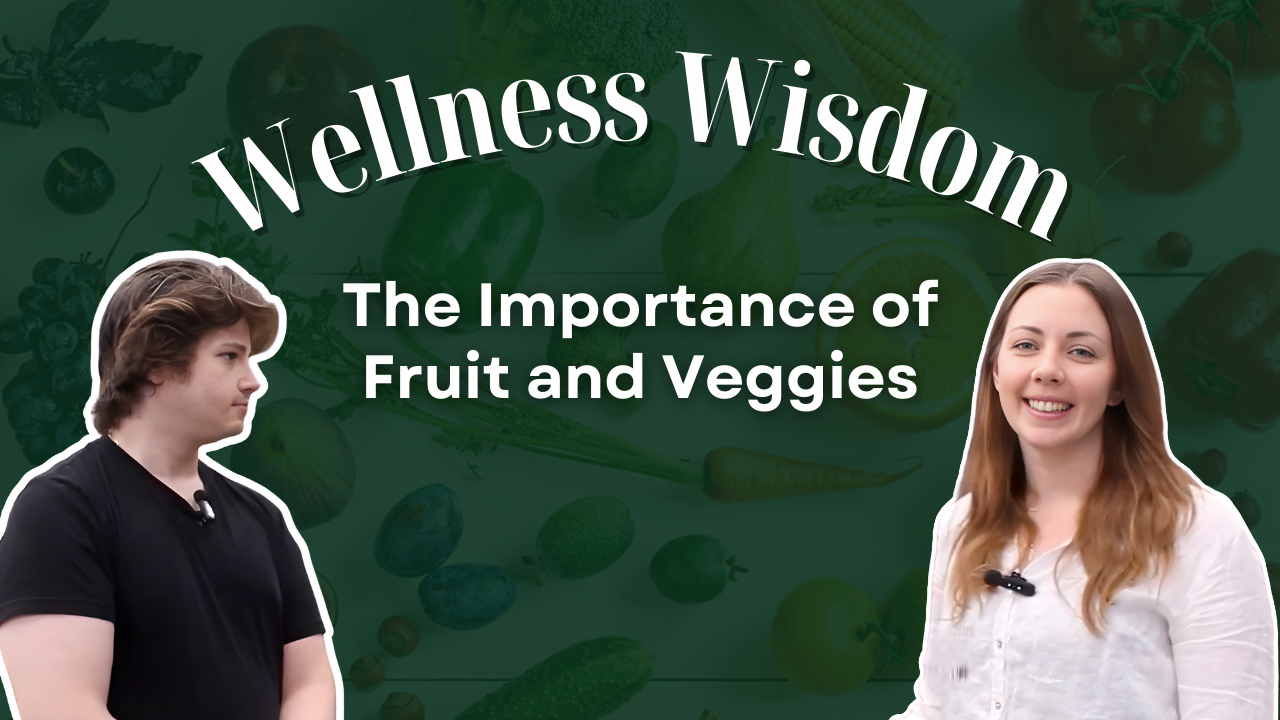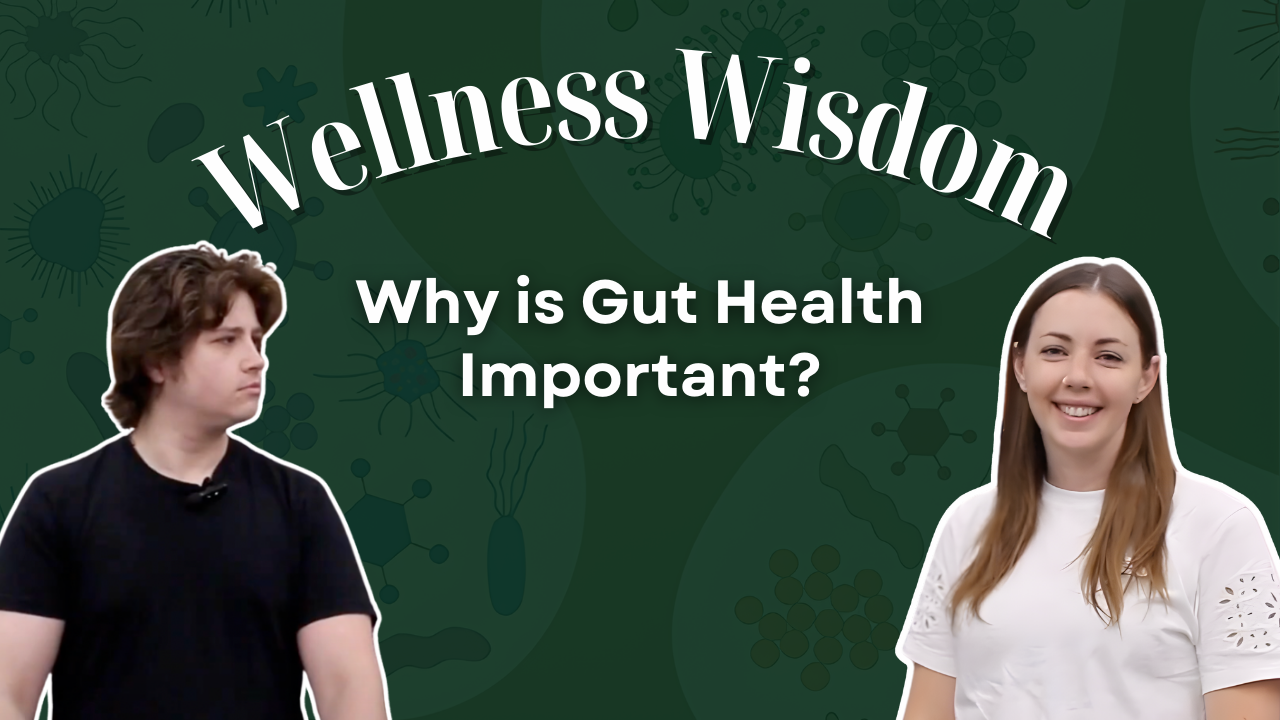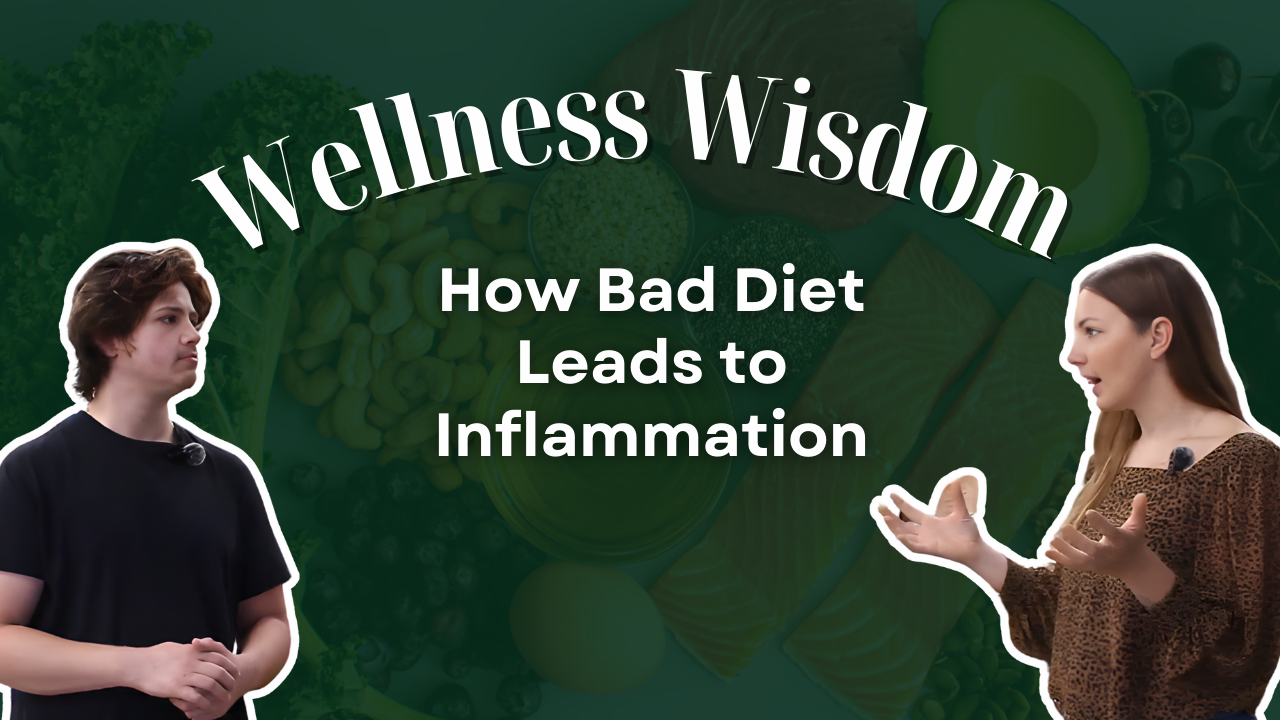Festive St. Patrick's Day Recipes - Updated 2025!
Celebrate the luck of the Irish with these festive, healthier St. Patrick's Day recipes! We've added some brand new recipes to the list for 2025 - Slainte!
Shamrock Smoothie
Looking for a healthier alternative to the classic Shamrock Shake? Try this recipe! This green smoothie offers a creamy texture and a hint of sweetness while packing in essential nutrients . It's a refreshing way to celebrate without compromising your wellness goals!

Ingredients
- 1 Cup of Almond Milk
- 1/2 Cup of Vegan Vanilla Yogurt
- 1 Cup of Spinach
- 1/2 of a Banana
- 1/2 of an Avocado
- 1 tbsp of NAKA Vital Greens (or greens of choice)
- 2 tbsps of Cacao Nibs
- 1/2 tsp of Peppermint Extract
Pop all ingredients into your blender and blend 'em up. Feel free to top with some coconut cream or milk. Enjoy!
Traditional Irish Soda Bread
"While its ingredients may be simple, soda bread is an Irish tradition that has led the country through some of its darkest times." Irish soda bread is a staple in many Irish households, especially in the lead up to St. Patrick's Day. It began as an affordable necessity first baked by the Irish in the 1830s - although Native Americans were the first documented to use pearl ash, a natural form of baking soda, to leaven their bread without yeast!
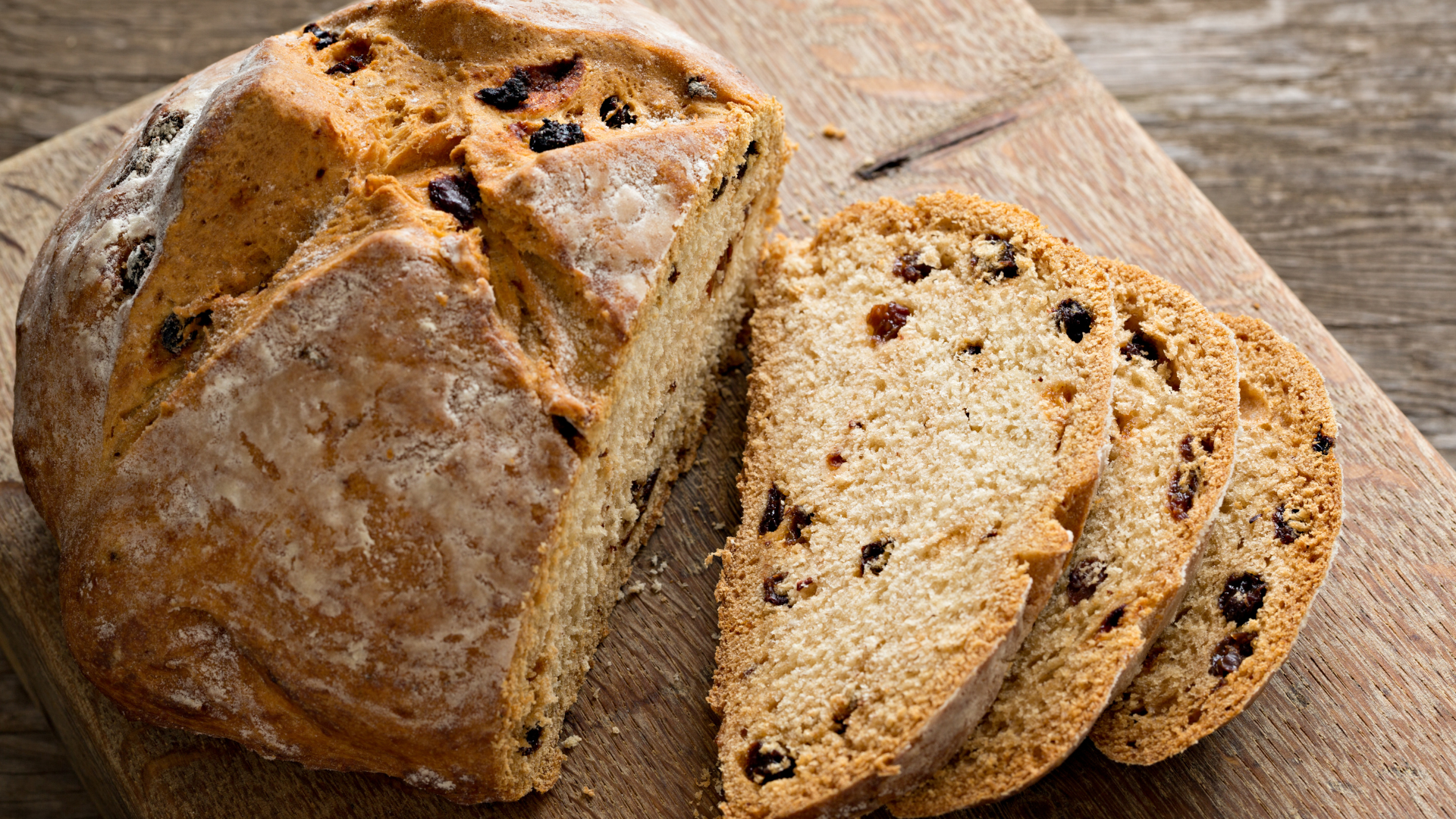
Ingredients
- 1 3/4 cups of cold buttermilk - or a buttermilk alternative like this vegan one
- 1 large egg (or egg substitute)
- 4 1/4 cups of all purpose flour (or gluten free alternative)
- 3 tbsps of granulated sugar
- 1 tsp of baking soda
- 1 tsp salt
- 5 tbsp unsalted butter, cold and cubed
- Optional: 1 cup of raisins
Directions
- Preheat oven to 400°F.
- Options for the baking pan. Use a regular baking sheet and line with parchment paper or a silicone baking mat or use a seasoned 10-12 inch cast iron skillet, or grease a 9-10 inch cake pan or pie dish.
- Whisk your buttermilk and egg together and set aside. Whisk the flour, sugar, baking soda, and salt together in a large bowl. Cut in the butter using a pastry cutter, a fork, or your fingers. The mixture is very heavy on the flour, but do your best to cut in the butter until the butter is pea-sized crumbs. Stir in the raisins if adding.
- Pour in the buttermilk and egg mixture. Gently fold the dough together until dough it is too stiff to stir. Pour crumbly dough onto a lightly-floured work surface. With floured hands, work the dough into a ball as best you can, then knead for about 30 seconds or until all the flour is moistened. If the dough is too sticky, add a little more flour.
- Transfer the dough to the prepared skillet/pan. Using a very sharp knife, score the dough with a slash or X about 1/2 inch deep.
- Bake until the bread is golden brown and center appears cooked through, about 45-55 minutes.
- Remove from the oven and allow bread to cool for 10 minutes, and then transfer to a wire rack. Serve warm, at room temperature, or toasted with desired toppings/spreads.
- Cover and store leftover bread at room temperature for up to 2 days or in the refrigerator for up to 1 week. We usually wrap it tightly in aluminum foil for storing.
Vegan Non-Alcoholic Irish Cream
Indulge in the rich flavours of Irish cream with this vegan, non-alcoholic recipe perfect for adding a decadent twist to your morning coffee. This cream was previously offered on our '76 Sips menu for St. Patrick's Day! This dairy-free alternative promises to elevate your coffee experience without any animal products or alcohol. Enjoy the creamy goodness guilt-free!
Prefer matcha? You can also use this Irish Cream on an iced matcha!
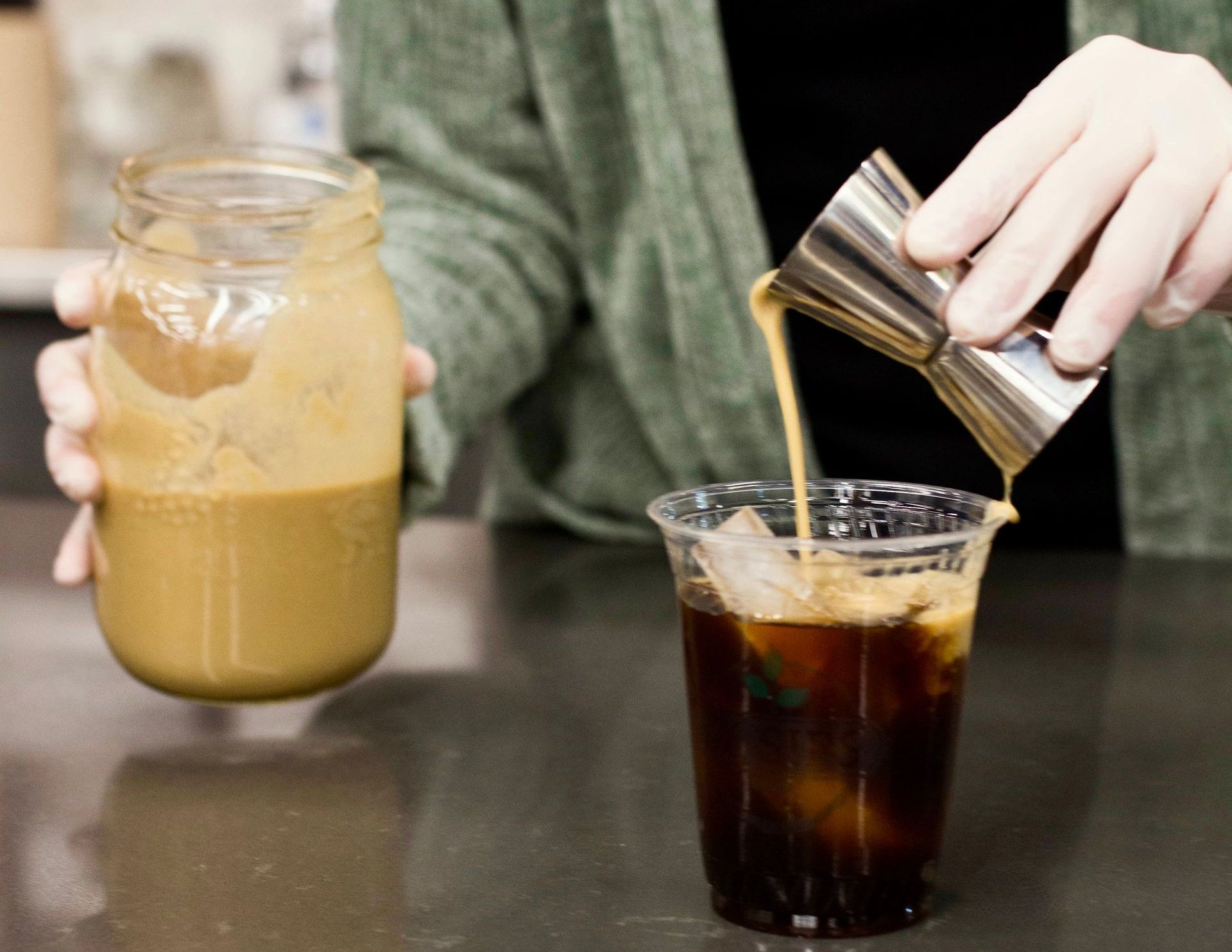
Ingredients:
- 1 Can of full fat coconut milk (We used Cha's)
- 3 Tbsps of Brown Sugar or coconut sugar (Or more if you'd like it sweeter)
- 3 1/4 tsps of organic vanilla extract
- 1 tsp of instant coffee
- 3/4 cup of plain rice milk (or preferred plant milk)
Whisk all ingredients together in a large bowl. Add about 2 oz (1/4 cup) to your coffee! Transfer extra to a mason jar and store in the fridge.
Vegan Matcha Cookies
Celebrate St. Patrick's Day with a delightful twist on the classic cookie – vegan matcha white chocolate cookies! These festive cookies offer a vibrant green hue from the matcha and the sweetness of white chocolate, making them a delightful treat for the holiday!
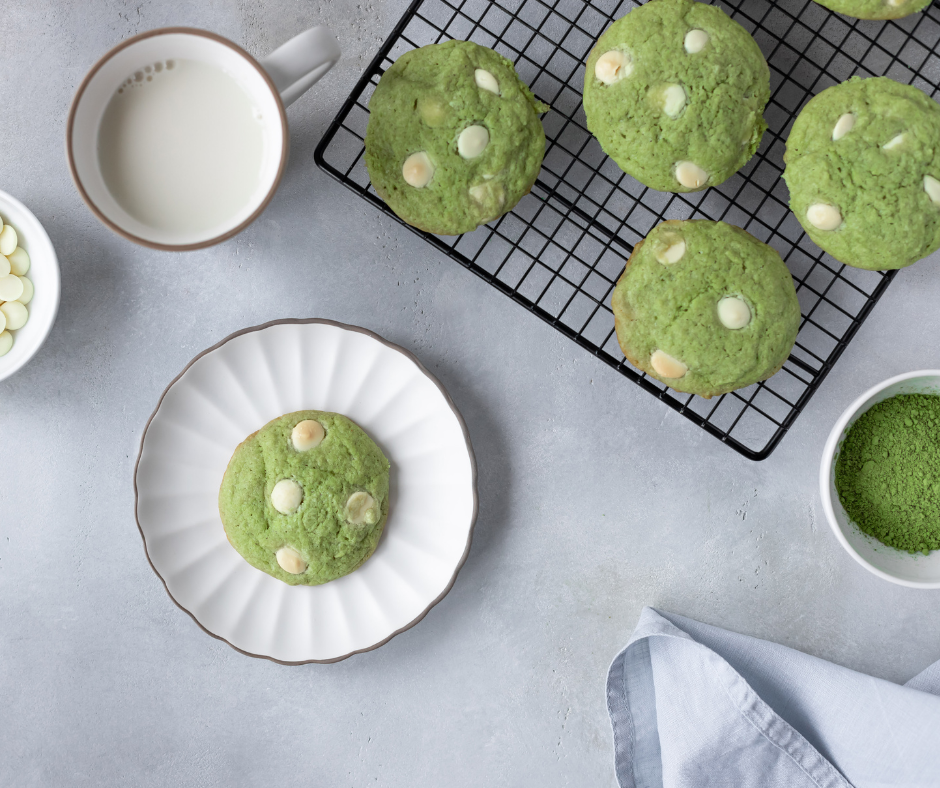
Ingredients:
Makes 20-24 cookies.
- 2 Cups of flour (use gluten-free if preferred)
- 2 tsp of baking powder
- 1 tsp of baking soda
- 1.5 tbsp matcha powder (we used our Jo Anne's Place bulk matcha)
- 1/2 cup of sugar (we used coconut sugar)
- 1/2 tsp of sea salt
- 2/3 cup of maple syrup
- 2 tsp organic vanilla extract
- 1/2 cup preferred oil (we used coconut)
- 2/3 cup of vegan white chocolate chips (optional - can also use vegan dark chocolate chips or nuts for less sugar!)
Directions:
- Preheat oven to 350F
- In a medium bowl, add your flour, baking powder, baking soda, sugar, matcha, and salt. Use a fork to whisk together. It can help to whisk or to sift your matcha powder beforehand so that it doesn't clump
- In a smaller bowl, combine maple syrup with vanilla and oil and stir until well combined
- Add the wet mixture to the dry one and stir once or twice only!
- If you're adding in chocolate chips or nuts, add them now. Use a wooden spoon to fold until the they are combined but be sure not to overmix
- Line a baking sheet with parchment paper and scoop out about 1 inch of dough to make the cookies. If you don't have a large cookie scoop, use a big spoon and eyeball it
- Smoosh the cookies so that they are flat, not round. If you skip this step, they won't flatten during baking.
- Bake your cookies for 11 minutes, absolutely no more than 12 minutes!
- Let them cool on the cookie sheet for a few minutes before transferring them to a cooling rack. Enjoy!
Store these on the counter in an air-tight container for 2-3 days, in the fridge for up to 7 days, and in the freezer for 1-3 months.
3 Ingredients Vegan Matcha Ice Cream

Ingredients:
Makes 2 servings.
- 1/4 cup of coconut milk
- 3 ripe bananas , frozen
- 1 tbsp matcha powder
- Optional: 1 tsp of vanilla extract and/or 2-3 tbsp of sweetener of choice such as honey or maple syrup
Directions:
- If your frozen bananas are not sliced, thaw them enough that you can cut them into smaller chunks.
- Place your bananas in a blender or food processor, and add the coconut milk and matcha powder. Blend until smooth and creamy!
- Taste and add vanilla and/or sweetener of choice and blend again until incorporated.
- If you like a soft-serve texture, eat immediately. If you want a firmer ice cream, store in the freezer for 2-3 hours.
- Enjoy!
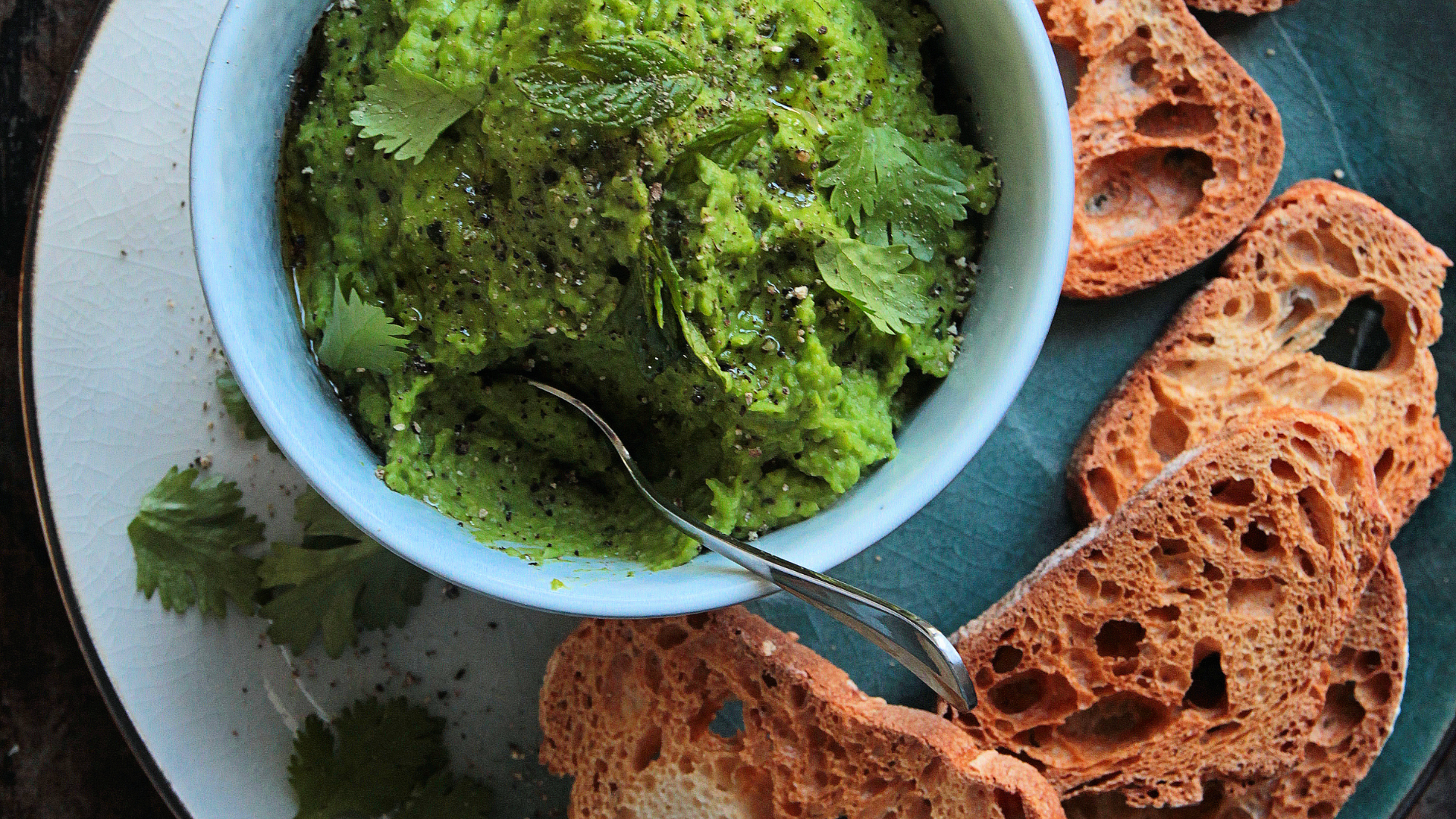
Emerald Isle Hummus Dip
Ingredients:
Makes 1 1/2 cups.
- A 15 oz can of chickpeas, rinsed and drained (such as Cullens or Eden Organic)
- 2 tbsp of lime juice (Arema)
- 1 small clove of garlic, peeled
- Sea salt and ground black pepper, to taste
- 1 cup of fresh spinach leaves
- 1/2 cup of fresh cilantro leaves
- 1/4 cup of fresh parsley leaves
- 1/4 cup of sliced green onions
- 1 tablespoon of chopped fresh chives
- 1/3 cup of water
Directions:
- In a blender or food processor, combine chickpeas, lime juice, garlic, and 1/3 cup of water
- Cover and blend until smooth
- Season with salt and pepper
- Add the remaining ingredients and blend until just combined
- Cover and chill until ready to serve. Pairs great with tortilla chips, Lesley Stowe Raincoast Crisps, Freeyumm gluten- free crackers, and more!
Ingredients available at Jo Anne's Place. To see store hours, click here.
Made our recipe? Tag us on social media - we'd love to share your creation with our community!
